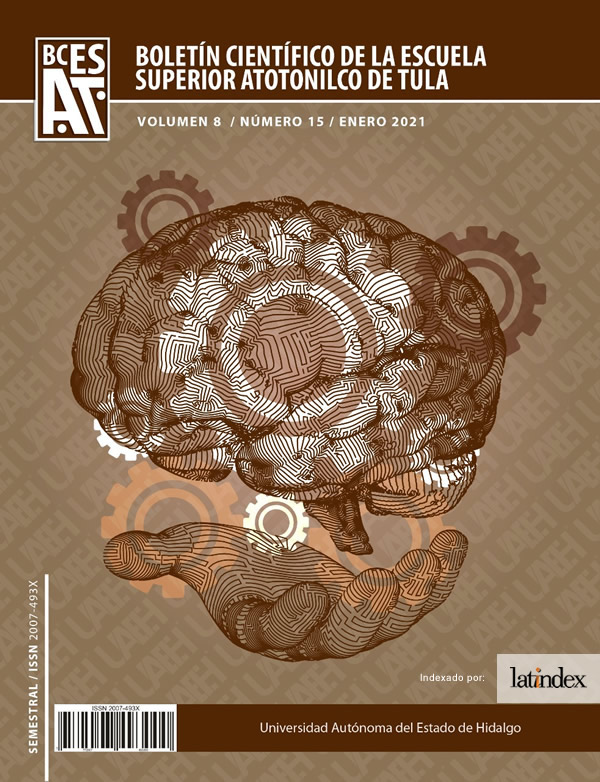Application of the Kuder Richardson reliability coefficient on a scale for the review and prevention of the effects of routines
Impact of the pandemic derived from covid-19
DOI:
https://doi.org/10.29057/esat.v8i15.6693Keywords:
Reliability, Scale, Psychometrical assessmentsAbstract
Reliability is and has undoubtedly been one of the most critical issues for psychology, which, although it has been taking from various knowledge and formal processes from mathematics and statistics everything necessary to be able to develop instruments with a level of approach to current demands, there are often various obstacles. Internal consistency refers to the degree of the project and through which the scale is interrelated with itself. The calculation formula for internal consistency is The Kuder-Richardson formula, from the dichotomous scale or Guttman scalogram, and Cronbach's Alpha coeficient is used for multiple response scales. Consider the internal consistency if it ranges between 0.70 and 0.90, it is acceptable. Determining the consistency of the scale requires 5 to 20 participants. For each item. The internal consistency of the instrument varies according to the population when applying it, it is always necessary to indicate the value each time a new application is submitted.
Downloads
Publication Facts
Reviewer profiles N/A
Author statements
Indexed in
- Academic society
- N/A
References
Arita, B., Romano, S., García, N. y Félix, M. (2005). Indicadores objetivos y subjetivos de la calidad de vida 32–48.
González, U. (2002). El concepto de calidad de vida y la evolución de los paradigmas de las ciencias de la salud. Revista Cubana
Grau, J. (1999). Calidad de vida y salud: problemas actuales en su investigación. Boletín Latinoamericano de Psicología de la
Lugo A., J., Barroso Á., M. C. y Fernández G., L. (1996). Calidad de vida y sus instrumentos de medición. Una herramienta en
Cañete-Villafranca R, Guilhem D, Brito-Pérez K. Paternalismo médico. Rev. Med. Elect. 2013; 35(2): 144–152.
Trujillo, S., Tovar, C. y Lozano, M. (2004). Formulación de un modelo teórico de la calidad de la vida desde la psicología. Universitas Psicológica, 3, 89-98..
WATSON, Jean. Assessing and Measuring Caring in Nursing and health Science. New York: Springer Publishing Company, 2002.



















